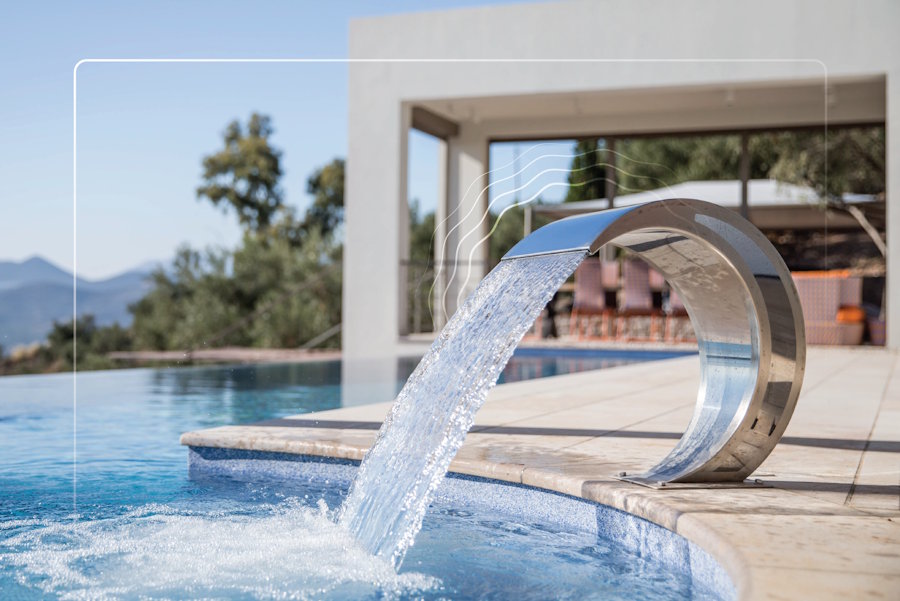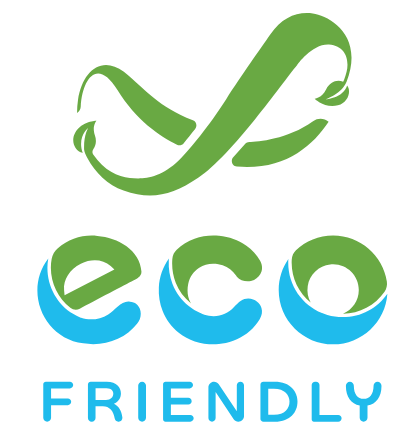

Let's assume that the estimated evaporation is 6 millimeters per day. In a pool with a water surface area of 50 square meters (for example, length 10 meters and width 5 meters).
There will be evaporation 50m2x6=300 liters.
Therefore, under the given conditions, we estimate that approximately 300 liters of water evaporate from the pool daily. This may vary depending on conditions and the region.
A pool with the size of 5x10 meters, can save up to 98.550 liters per year with the usage of a cover.
What are the stages involved in building an eco-friendly pool?

Construction of pool framework
with active panels

Cartridge filters
Better water clarity

Pool covers
Reduction evaporation

Variable speed
Recirculation pump (inverter)

Pool heating
with heating pump

Pool heating
with solar panels

Connecting your heat pump
to your home Wi-Fi

Remote connection and monitoring
of all pool functions

Wi-Fi equipment
for the connection
Piscinity Eco – Luxury meets sustainability

What are the advantages of choosing an eco-friendly pool?
› It reduces operating costs (less energy, water, and chemicals).
› It protects the environment through the use of recycled materials and a smaller carbon footprint.
› It offers high-end technology and comfort via smart control systems.
› It is a long-term investment that combines luxury with sustainability, without compromising on quality.

Would you like to know more?
Our team is ready to guide you and design your own eco-friendly pool, tailored to your needs.
Contact us today and take the first step toward a greener and more cost-efficient pool.
Download the complete Piscinity Eco booklet
Discover all the details about the innovative eco-friendly Piscinity pool.
See how you can save water, energy, and money with a solution that respects the environment and your home.



